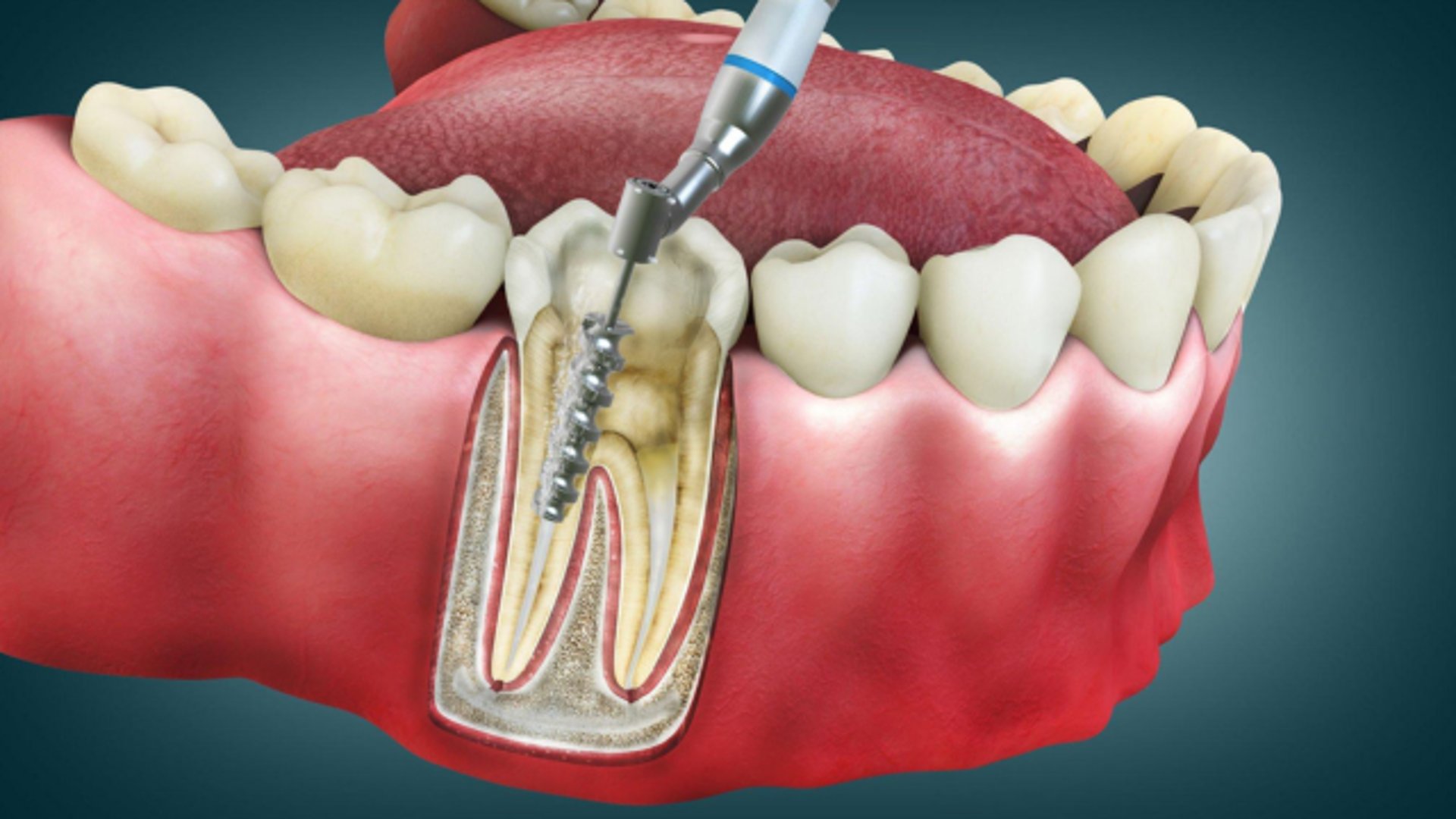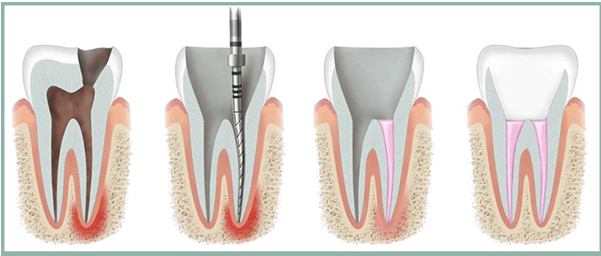DENTICA ORTHODONTIC AND MULTISPECIALITY DENTAL CLINIC

A patient's guide to dental procedures: Root Canal Treatment
Part 3 Root Canal Treatment
Dr. Shruti Chouragade
8/5/20253 min read


If you’ve been advised to undergo a root canal treatment, you might have a lot of questions regarding the procedure . let us break it down for you in this blog .
What is a Root Canal?
A root canal is a dental procedure ,done to treat infection or damage within the pulp of a tooth. The pulp is the innermost layer of the tooth structure that contains nerves and blood vessels. When this tissue becomes infected, it can cause pain and lead to more serious problems like swelling and pus, if not treated.
Why is a Root Canal Necessary?
A root canal may be necessary due to:
- Deep tooth decay
- Repeated dental procedures on the same tooth
- A crack or chip in the tooth
- Trauma to the tooth
- Wearing off of the tooth
Ignoring these issues can lead to more severe pain, an abscess, or tooth loss, making root canal treatment an important procedure for preserving your dental health.
The Root Canal Procedure:
Here’s what you can typically expect during a root canal treatment:
1. Initial Consultation: Your dentist will examine your tooth and may take X-rays to assess the situation. They will discuss the procedure, clear any doubts you may have about the procedure and ensure you are comfortable moving forward.
2. Anesthesia: Before the procedure begins, the dentist will administer a local anesthetic to numb the affected tooth and surrounding area. This will help minimize any discomfort during the treatment.
3. Accessing the Pulp: The dentist will make a small opening in the crown of the tooth to access the root canals.
5. Cleaning and Shaping: Using specialized instruments, the dentist will remove the damaged pulp tissue. The canals will then be cleaned, shaped, and disinfected to remove any bacteria.
6. Filling the Canals: Once the canals are clean and dry, they will be filled with a biocompatible material called gutta-percha. This seals the canals and prevents any future infection.
7. Sealing the Tooth: After filling the canals, the dentist will place a temporary or permanent filling in the access hole to restore the tooth's structure. If necessary, a crown/cap may be recommended in a follow-up visit to provide additional support and protection.
8. Post-Operative Care: After the procedure, you will receive instructions on how to take care for your tooth. It’s normal to experience some discomfort which can usually be managed with over-the-counter pain relievers.
Recovery and Follow-Up
Patient can return to their daily activities shortly after the procedure, though it’s a good idea to avoid hard food for a few days to allow the tooth to heal. Your dentist will schedule a follow-up appointment to monitor the healing process and determine if a crown, is necessary for complete restoration.
What to Expect After a Root Canal ?
- Discomfort: Some mild discomfort is expected after the anesthesia wears off, but it should be manageable with painkiller.
- Return of Sensation: Numbness from the anesthesia will subside in 2-3 hours, but sensitivity to hot or cold may linger for a few days as healing occurs.
- Monitoring for Issues: Pay attention to any unusual symptoms, like severe pain or swelling, and contact your dentist if you have concerns.
Conclusion
Understanding the root canal treatment procedure can reduce some anxiety associated with the process. While it may sound scary, it's a reliable way to save a tooth and eliminate pain caused by infection or damage. Remember, maintaining dental health is vital, and each step you take contributes to your overall well-being!
Disclaimer: Always consult with your dentist for personalized dental advice and treatment options.


FOLLOW US
Your smile is important to us !
contact details
CLINIC ADDRESS
dentica.nagpur@gmail.com
+91-7823846171
© 2025. All rights reserved.
+91-9766572483
301 Dream Aura, 185 Gandhi Nagar, Near LAD Metro station, Nagpur-440010.
Start Your Smile Journey Today!
